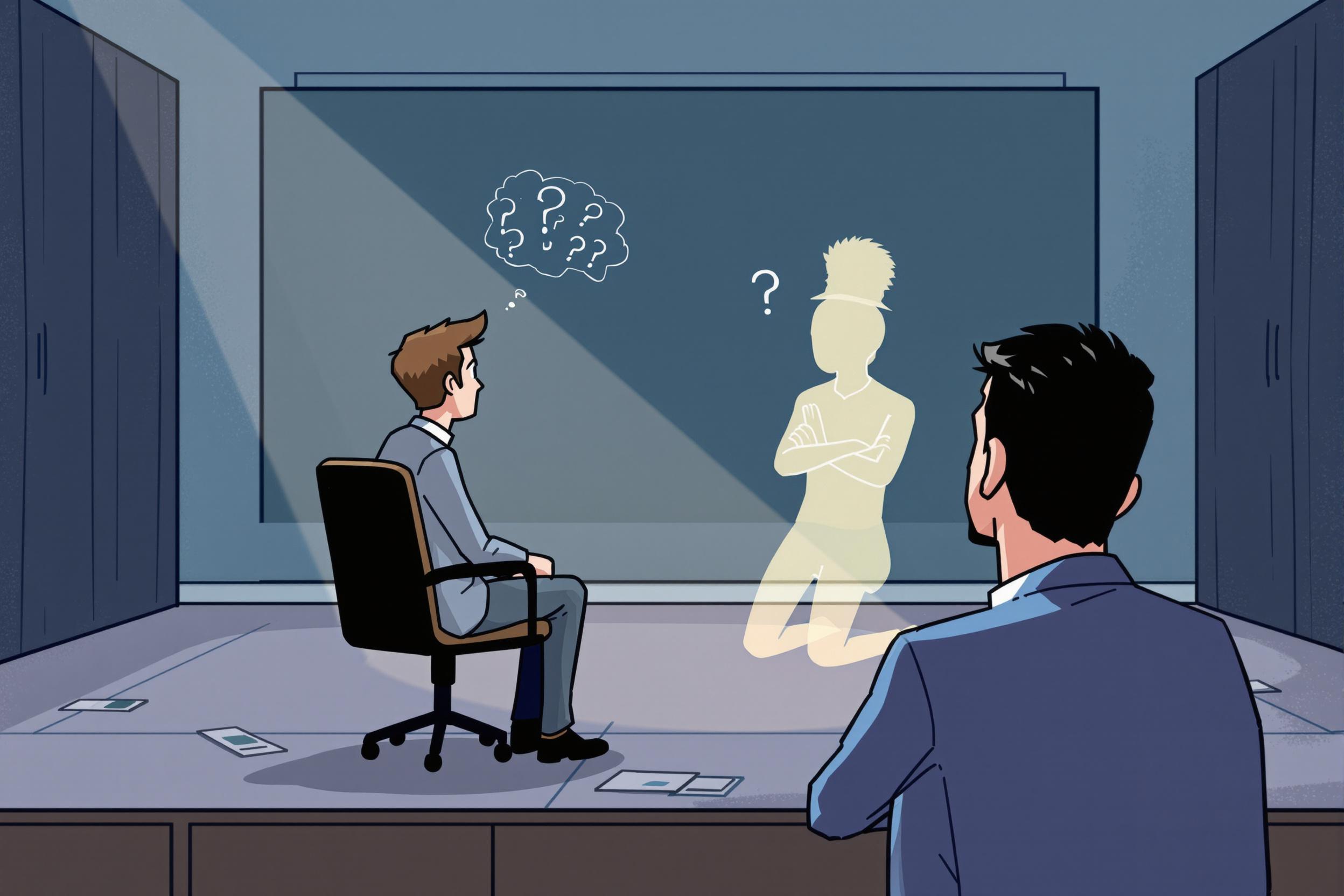
Wake Effect
Wake Effect is a common term in wind farm operations that describes how one wind turbine can impact the wind flow reaching other turbines behind it. Think of it like boats creating waves that affect other boats behind them - when a wind turbine captures energy from the wind, it creates a region of slower, more turbulent wind behind it that can reduce the performance of other turbines. Understanding and managing Wake Effect is crucial for wind farm layout and operations to ensure maximum energy production.
Examples in Resumes
Optimized wind farm layout to minimize Wake Effect and increase overall power output by 15%
Conducted studies on Wake Effects between turbines to improve farm efficiency
Used software modeling to analyze Wake Effect patterns for new wind farm designs
Typical job title: "Wind Energy Engineers"
Also try searching for:
Where to Find Wind Energy Engineers
Professional Organizations
Online Communities
Job Resources
Example Interview Questions
Senior Level Questions
Q: How would you approach optimizing a wind farm layout considering wake effects?
Expected Answer: A senior candidate should discuss multiple factors including wind direction analysis, turbine spacing, terrain influence, and using modeling software. They should mention trade-offs between land use and energy production.
Q: What strategies would you implement to minimize wake effect losses in an existing wind farm?
Expected Answer: The answer should cover operational strategies like individual turbine control, yaw optimization, and using real-time data to adjust turbine operations based on wind conditions.
Mid Level Questions
Q: Can you explain how wake effects impact wind farm production?
Expected Answer: Should explain how downstream turbines receive less wind energy, resulting in lower power production, and how this varies with wind speed and direction.
Q: What tools or software have you used to analyze wake effects?
Expected Answer: Should be familiar with industry-standard wind farm design and analysis software, and explain basic approaches to wake effect calculation.
Junior Level Questions
Q: What is a wake effect and why is it important?
Expected Answer: Should demonstrate basic understanding of how one turbine's operation affects nearby turbines and why this matters for wind farm design.
Q: What factors influence wake effect intensity?
Expected Answer: Should mention basic factors like wind speed, direction, turbine spacing, and terrain features.
Experience Level Indicators
Junior (0-2 years)
- Basic understanding of wind energy principles
- Familiarity with wind farm design concepts
- Basic knowledge of wind measurement
- Understanding of wake effect basics
Mid (2-5 years)
- Wind farm layout optimization
- Wake effect analysis
- Use of industry software tools
- Performance analysis experience
Senior (5+ years)
- Advanced wake effect modeling
- Wind farm optimization strategies
- Project team leadership
- Complex problem-solving in wind farm design
Red Flags to Watch For
- No knowledge of basic wind energy principles
- Unfamiliarity with common wind industry software tools
- Lack of understanding about wind farm layout importance
- No experience with data analysis or modeling
Related Terms
Need more hiring wisdom? Check these out...

Ghosted Again? How to Stop Candidates from Disappearing and Start Engaging Them Better

Silencing the Noise: How No-Meeting Days Supercharge Recruiter Productivity

Resume Optimizations that Candidates Do to Get Past AI Hiring Filters

